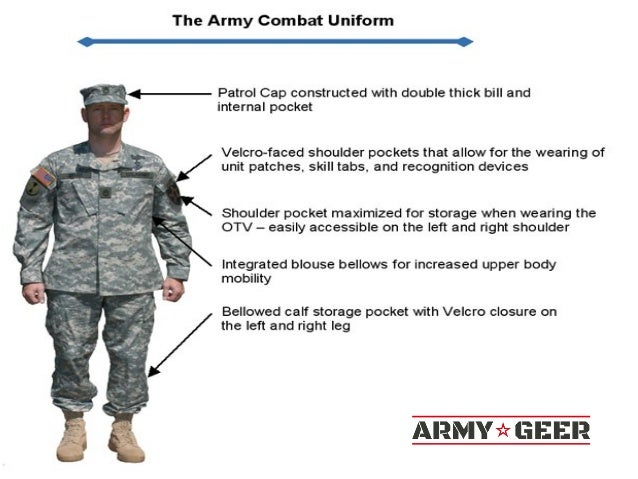Army Protocol Guide
- Protocol Guide For Army Pme Graduations Nco
- Army Protocol Guide For A Generals Aid
- Us Army Protocol Guide

Protocol Guide For Army Pme Graduations Nco
By Maggie Phillips When the video of President Obama saluting with a coffee cup in his hand went viral, I shared this explaining that the Presidential salute is a pretty recent invention. A friend commented on my Facebook post, “I didn’t know FB had so many drill and ceremony experts- they’re going to put our drill sergeants out of a job soon!” As someone who teaches, known at our current duty station as “Army 101” and Ball Etiquette, I have to agree with my friend. I’ve got a couple Army 101 classes under my belt (literally, I’ve taught 2 so far) and I have met a fair number of people each time for whom Army protocol, customs and courtesies are a total mystery. And they’re not alone. It’s a little ironic to read all of the disapproving posts on social media about Obama’s salute, given that there are military family members who won’t take the time to get out of their cars for retreat at 1700.
But I don’t want to talk about the president’s salute (unless he was drinking a Pumpkin Spice Latte, in which case I think we can have a frank discussion on whether or not America is ready for its ). I want to share some basic rules of thumb about military protocol, customs and courtesies and why they matter to military spouses. It’s About Respect This one may seem obvious, but it bears mentioning.
Here’s an example: I think you should wear whatever you want to the club or to parties with your friends. Then why should you not to the unit ball? Because the birthday ball isn’t about you. Yes, it’s a fun night out, but it’s also about honoring the unit, its history and its sacrifices. You wouldn’t want to wear anything inappropriate to a memorial ceremony.
Army Protocol Guide For A Generals Aid
That’s not the main part of a ball, but it’s always a part of the official ceremony. My rule of thumb: when attending a military event, ask yourself “)”. If the Duchess of Cambridge wouldn’t wear it, you shouldn’t wear it to a change of command, military ball or similar military event. What you wear in your free time is your business, since I am pretty sure Kate Middleton is some kind of robot.
Protocol, Customs and Courtesies Aren’t Secret Codes Believe it or not, most military traditions aren’t intended to shut people out. Many of them have developed over time to help streamline events to make sure they go smoothly, like the receiving line. Imagine being at a ceremony and everyone standing around, awkwardly interrupting each other, trying to say goodbye to their outgoing commander.
With a receiving line, everyone is guaranteed a turn to pay their respects and if a couple is going through together, there’s no confusion about who goes first in line, since the etiquette in most services dictates that women go first. It’s About Being Kind The military takes the time to codify their protocol, customs and courtesies to clarify, not confuse. To that end, if someone messes up or doesn’t know the rules, it’s not our job to make them feel bad about it.
Us Army Protocol Guide

The rules exist for us, not vice versa. It’s About Having Fun People who love sports learned the rules at some point. You will get a lot more out of military ceremonies and functions if you know the protocol.
When you know the meanings and symbolism behind the drill and ceremony and when to sit and when to stand, you’ll find that you can appreciate the pageantry much more. You Can Become an Etiquette Expert When you’re new to military customs and courtesies, it’s natural to feel like Leonardo DiCaprio eating a first class dinner for the first time. Find out if your local military installation has a customs and courtesies class for family members. If your unit offers a ball etiquette course, take advantage and attend the class! Customs and courtesies exist to help military events run smoothly. Etiquette is our attempt to perfect the little imperfections.
In a world where so much is out of our control, there is comfort in knowing that, at least one aspect of our lives, there are rules that say where everything– and everyone– belongs. Have you attended a military ball etiquette course? What’s been your experiences with protocol and customs at military events?
Margaret Phillips who goes by Maggie has worked for the Army in different capacities for over 3 years, for both U.S. Army Training and Doctrine Command and for U.S. Army Public Health Command. She has been published in the United States Foreign Service Association’s Foreign Service Journal, and in the U.S.
Army professional publication, Military Review. She is a mother of 1 year and counting, an Army spouse of 5 years and counting, and an Army brat of 27 years and counting.